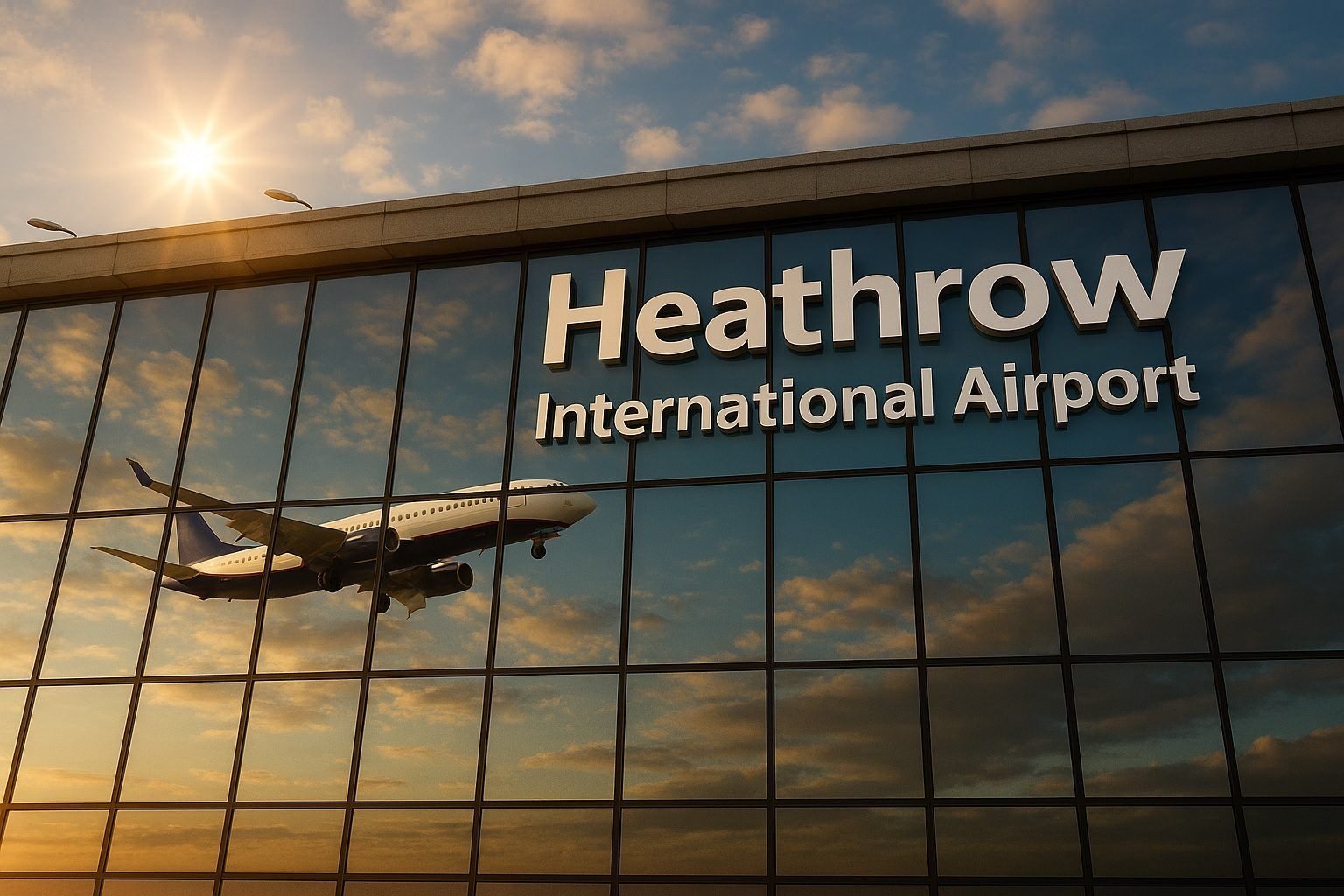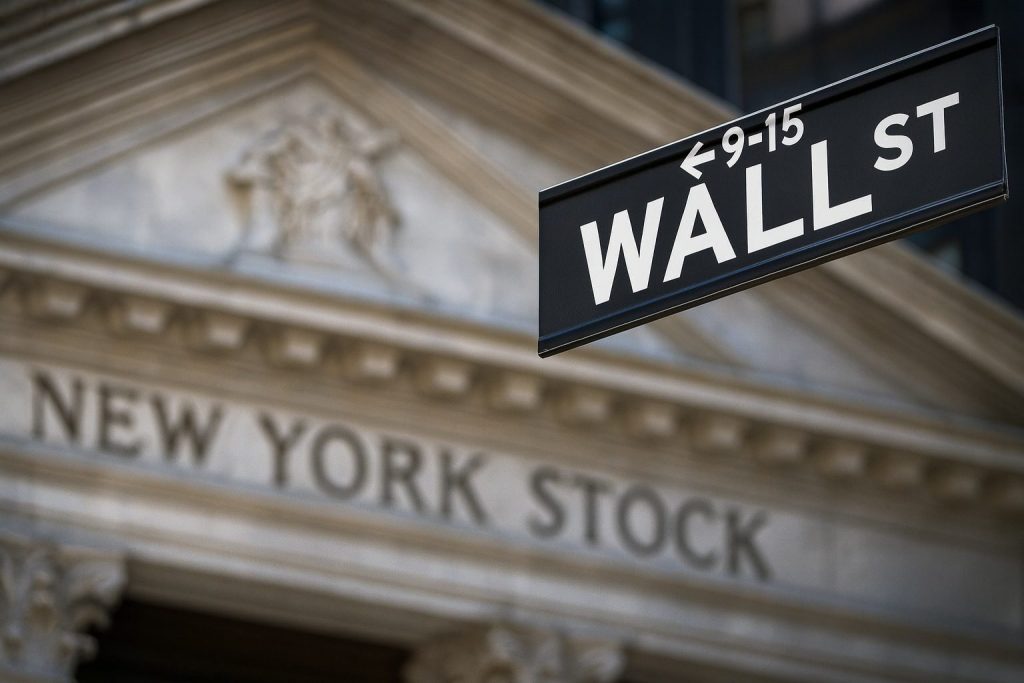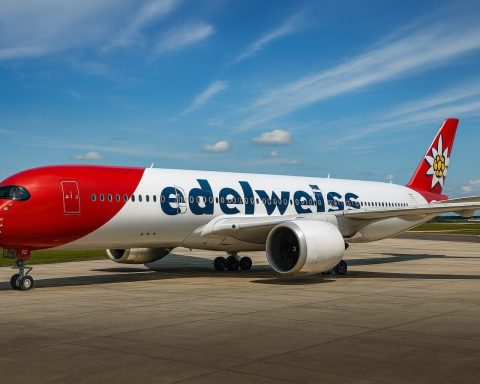The UK government has formally chosen Heathrow Airport Limited’s (HAL) proposal for a third runway as the blueprint for expanding Britain’s biggest airport, setting a course for a planning decision by 2029 and an opening target of 2035. [1]
The move, announced on 25 November 2025, marks the most decisive step yet in a decades‑long saga over Heathrow’s growth – and immediately reignites fierce rows over cost, climate impact and the disruption facing communities around the airport.
Key points at a glance
- Chosen scheme: Heathrow Airport Limited’s third runway proposal is now the basis for government policy on expansion. [2]
- Total price tag: Around £49bn – including £33bn for the new runway and £15bn for upgrades to existing terminals and infrastructure. [3]
- Financing: Heathrow says the project will be 100% privately funded, largely via higher airport charges rather than taxpayer money. [4]
- Timeline: Government wants a development consent decision by 2029 and aims for the third runway to be operational by 2035. [5]
- Rival plan rejected: A cheaper ~£25bn “Heathrow West” scheme led by hotel tycoon Surinder Arora has been ruled out as the reference design – though his consortium could still bid to build the project later. [6]
- Jobs and growth: Ministers claim expansion could create over 100,000 jobs and help lift Heathrow’s capacity towards 150 million passengers a year. [7]
- Climate conditions: The plan must pass strict tests on net zero, air quality and noise, with the Climate Change Committee formally drawn into the process. [8]
What exactly has the government decided?
Today’s announcement does not grant Heathrow immediate permission to start building. Instead, Transport Secretary Heidi Alexander has:
- picked Heathrow Airport Limited’s third runway design as the “most deliverable option” to underpin a fast‑tracked review of the Airports National Policy Statement (ANPS) – the planning framework for Heathrow expansion. [9]
- committed to complete that ANPS review and consult on changes by summer 2026, three years sooner than the original Heathrow policy was drawn up in 2018. [10]
In practical terms, today’s decision:
- Narrowly defines the reference scheme: The government will model impacts – from flight paths to road changes and emissions – around HAL’s “north‑west runway” proposal. [11]
- Clears the way for a detailed planning bid: Heathrow (or another future promoter) will still have to submit a full Development Consent Order (DCO) application once the ANPS update is complete. [12]
- Keeps the door open to competition: While HAL’s design is now the template, ministers are not yet picking who will actually deliver the project – potentially leaving space for the Arora Group or others to compete on costs later. [13]
Alexander framed the move as “another important step” towards a third runway that can meet economic and environmental tests, promising to act “swiftly and decisively” after years of drift. [14]
Inside Heathrow’s £49bn expansion blueprint
While the precise layout can still change, today’s coverage across government and media gives a clear outline of what Heathrow’s chosen scheme involves:
1. A new 3,500‑metre north‑west runway
Heathrow’s plan centres on building a full‑length third runway to the north‑west of the existing airport site. [15]
- Runway length: About 3,500m, long enough for long‑haul wide‑body jets. [16]
- Capacity uplift: Heathrow’s own documents suggest total runway capacity rising towards 756,000 flights a year and 150 million passengers, up from roughly 84 million now. [17]
This would go some way to closing the gap with rival European hubs: Heathrow currently runs two runways, compared with four at Paris Charles de Gaulle and Frankfurt and six at Amsterdam Schiphol. [18]
2. A multi‑billion‑pound terminal build‑out
The total £49bn bill breaks down roughly as: [19]
- £21bn for the new runway itself, including land acquisition and engineering work.
- About £1.5bn to divert the M25 orbital motorway.
- Around £12bn on a new terminal (often dubbed “T5X”) and satellite buildings.
- The rest on modernising existing infrastructure – including Terminal 2 expansion and closing Terminal 3 over time.
Heathrow says every penny of this will be privately funded, with no direct call on taxpayers. In practice, that means existing and future airline passengers footing much of the bill through higher landing charges – a key reason why several carriers are uneasy. [20]
3. Moving the M25 and remodelling west London roads
One of the most controversial parts of the scheme is the need to re‑route a busy stretch of the M25 – one of Britain’s most heavily used motorways – so the runway can cross over it. [21]
- The plan involves pushing the motorway slightly west and putting it into a tunnel beneath the new runway.
- Additional changes are expected at the M25/M4 junction and on key local roads such as the A4 and A3044. [22]
Ministers insist similar motorway‑over‑runway designs work safely at airports elsewhere in the world – but residents and motoring groups fear years of construction disruption and traffic chaos.
4. Demolition and relocation of communities
Campaigners say Heathrow’s chosen layout would require the demolition of several villages on the airport’s northern fringe, displacing up to 15,000 residents and knocking down hundreds of homes. [23]
That human cost sits at the heart of local opposition, alongside concerns about increased aircraft noise, night flights and air pollution.
Why the government says Heathrow must grow
Chancellor Rachel Reeves, a key figure behind the push, argues that expansion at Heathrow is essential if the UK is to stay competitive after years of weak growth and post‑Brexit uncertainty. [24]
Ministers highlight several benefits:
- Trade and investment: As the UK’s only true “hub” airport – with extensive transfer traffic and long‑haul connections – Heathrow is seen as a magnet for global business and inward investment. [25]
- Jobs: Government estimates suggest well over 100,000 new jobs across construction, aviation, tourism and supply chains during and after the build. [26]
- Passenger demand: Heathrow handled a record 23.4 million passengers this summer, underlining long‑term pressure on its two runways. [27]
- Network effects: Ministers argue that improving a single major hub will spill benefits across the country via better domestic links and increased long‑haul destinations for regional airports. [28]
Reeves presents the decision as an example of a more “activist” industrial policy, bundling Heathrow in with earlier approvals for expansion at Luton and Gatwick, plus a new Sustainable Aviation Fuel Bill to help the sector go greener. [29]
The rival Heathrow West plan – and why it lost, for now
Until last month, Heathrow’s proposal was competing head‑to‑head with a cheaper scheme promoted by Surinder Arora’s Heathrow West consortium.
Arora’s design: [30]
- envisaged a shorter, ~2,800m runway crossing the M4 spur road rather than the core M25,
- claimed to avoid the need for a full M25 diversion, significantly reducing disruption and cost,
- carried an estimated price tag of about £25bn, although this figure did not include all development costs.
Many airlines, including British Airways and Virgin Atlantic, had backed Arora’s plan, fearing that Heathrow’s £49bn scheme would push already‑high airport charges into the stratosphere. [31]
However, after seeking extra information from both promoters, the government concluded that HAL’s plan is more “resilient and efficient” and stands a better chance of securing development consent by 2029, the end of the current parliament. [32]
Crucially, ministers have not locked in Heathrow Airport Limited as the only possible builder. Once the ANPS review is finished, any qualified promoter – including the Arora Group – could still submit a planning application based on the chosen reference scheme. [33]
Climate, noise and the road to net zero
Heathrow’s third runway has long been a lightning rod for environmental campaigners, and today’s announcement doesn’t change that.
To head off legal and political challenges, the government is trying to hard‑wire climate constraints into the process:
- The Climate Change Committee (CCC) has received a formal letter from the Transport Secretary, asking for advice on how airport growth can remain consistent with the UK’s legally binding carbon budgets and 2050 net zero target. [34]
- Any changes to the ANPS will be tested against updated air quality and noise standards as well as climate metrics. [35]
- The government is prioritising the Greater London airspace block in a new airspace modernisation drive, aiming for shorter, more efficient flight paths (and therefore lower emissions) once the third runway opens. [36]
Separately, ministers are championing a Sustainable Aviation Fuel (SAF) Bill, with a price‑support mechanism for UK producers and an extra £63m for new SAF plants – a signal that slower‑burning climate questions will run alongside, not instead of, expansion. [37]
Environmental groups are unconvinced. Campaigners in the No 3rd Runway Coalition argue the project is fundamentally incompatible with the UK’s climate obligations – and warn of the social cost of razing villages and tunnelling over one of the busiest motorway junctions in the country. [38]
Further court battles over carbon, noise and consultation are all but guaranteed.
How soon could bulldozers actually move in?
Even with today’s political green light, Heathrow’s third runway still faces a long checklist before construction can start.
2025–2026: Policy and consultation
- ANPS review: Government refines the policy framework, using HAL’s scheme as the reference design.
- Public consultation: A full consultation on ANPS changes is promised by summer 2026, covering everything from flight paths to climate impacts. [39]
2027–2029: Development Consent Order
- Heathrow (or another promoter) prepares a detailed DCO planning application.
- The Planning Inspectorate examines the project, including public hearings and environmental assessments.
- Ministers aim to take a final planning decision by 2029. [40]
Early–mid 2030s: Construction and opening
- If consent is granted, construction would begin early in the next decade, starting with groundworks, motorway diversion and utilities.
- The government’s target is for the runway to be operational by 2035, though even supporters joke that Heathrow timetables have a habit of slipping – some airline bosses talk about “2050” as a more realistic date. [41]
In other words: today is a big step, but not the final one. Communities, airlines and environmental groups will all have multiple opportunities to try to reshape or stop the scheme.
How will this affect passengers and UK travellers?
If the third runway is eventually built broadly as planned, passengers can expect:
- More routes and frequencies – particularly long‑haul destinations and connections to emerging markets. [42]
- Potentially fewer delays, as extra runway capacity should reduce congestion and holding patterns in busy periods.
- Upgraded terminals – with a new hub terminal and expanded existing facilities designed to relieve crowding. [43]
The big unknown is price. With airlines warning about a surge in Heathrow’s already steep charges, it’s not yet clear whether average fares will rise, fall or stay roughly flat once the dust settles. Regulators will be under pressure to show that passengers, not just investors, benefit from the project.
How does Heathrow fit into the wider UK airport picture?
Today’s move comes against a wider backdrop of UK airport expansion:
- Gatwick has already secured approval to bring its standby runway into regular use, a £2.2bn scheme expected to add around 14,000 jobs. [44]
- Luton gained the green light for its own capacity boost earlier this year. [45]
Taken together, the government is signalling a pro‑aviation growth strategy, betting that demand for air travel will keep rising even as it tries to drag the sector towards net zero via cleaner fuels, modernised airspace and tougher regulation.
Frequently asked questions
Is Heathrow’s third runway definitely going ahead?
No. The government has chosen Heathrow’s design as its preferred blueprint, but planning consent is still years away and could be blocked in the courts, by Parliament or by a future government.
Will the taxpayer pay for the runway?
Ministers and Heathrow insist no direct taxpayer funding will be used. In reality, the costs are expected to be recovered from airlines through higher airport charges – which may ultimately be passed on to passengers. [46]
Why not expand another airport instead?
Earlier rounds of policy and the Davies Airports Commission concluded that a third runway at Heathrow offered the largest overall economic benefits compared with options like a new Thames Estuary airport or extra runways at Gatwick or Stansted. [47]
References
1. www.gov.uk, 2. www.gov.uk, 3. news.sky.com, 4. news.sky.com, 5. www.gov.uk, 6. www.independent.co.uk, 7. www.gov.uk, 8. www.gov.uk, 9. www.gov.uk, 10. www.gov.uk, 11. www.gov.uk, 12. www.gov.uk, 13. www.independent.co.uk, 14. www.gov.uk, 15. www.independent.co.uk, 16. www.independent.co.uk, 17. en.wikipedia.org, 18. www.reuters.com, 19. www.independent.co.uk, 20. news.sky.com, 21. news.sky.com, 22. en.wikipedia.org, 23. www.independent.co.uk, 24. www.gov.uk, 25. www.gov.uk, 26. www.gov.uk, 27. www.gov.uk, 28. www.gov.uk, 29. www.gov.uk, 30. www.independent.co.uk, 31. www.independent.co.uk, 32. www.gov.uk, 33. www.miragenews.com, 34. www.gov.uk, 35. www.gov.uk, 36. www.gov.uk, 37. www.gov.uk, 38. www.independent.co.uk, 39. www.gov.uk, 40. www.gov.uk, 41. news.sky.com, 42. www.independent.co.uk, 43. en.wikipedia.org, 44. en.wikipedia.org, 45. www.gov.uk, 46. news.sky.com, 47. en.wikipedia.org










